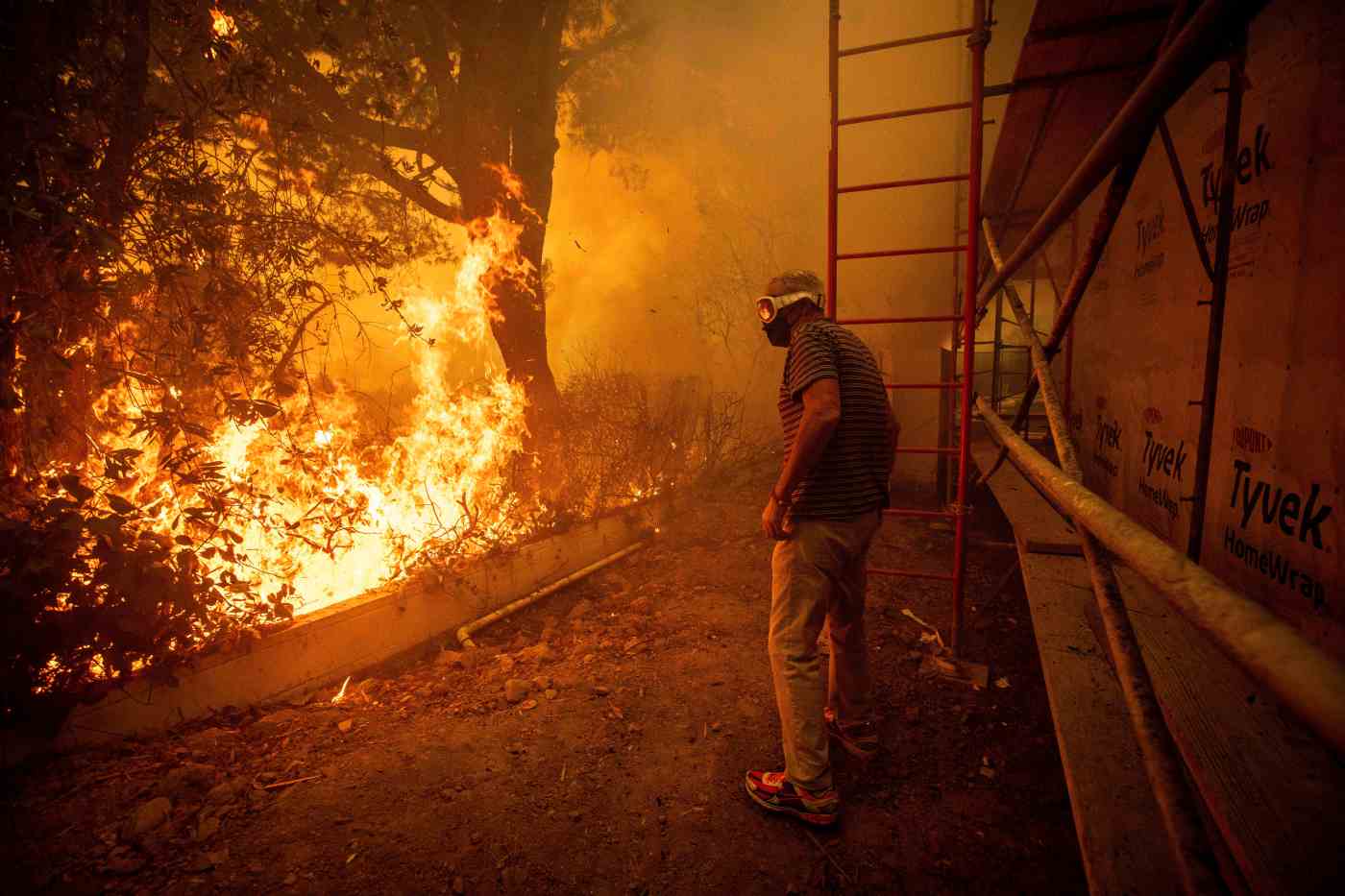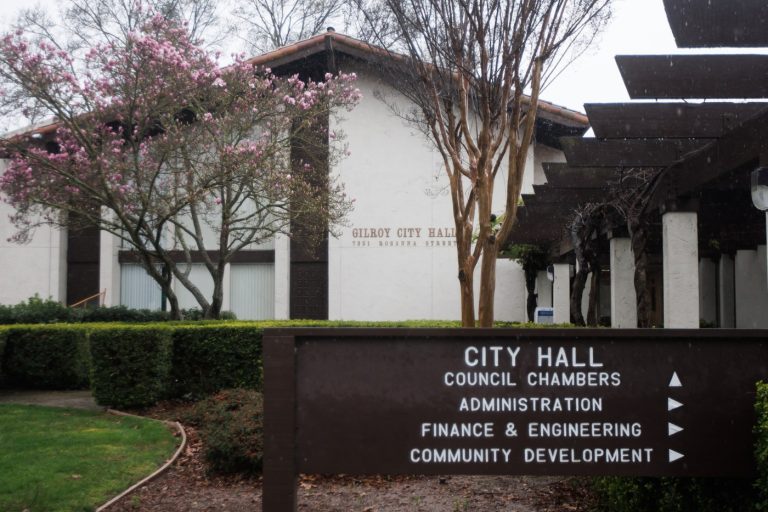Governor Gavin Newsom, facing nationwide criticism after the devastating Los Angeles fires, on Thursday signed an executive order to force many California homeowners to create a 5-foot “ember-resistant” zone around their houses.
Newsom ordered that within 45 days state officials must post a draft of the five-foot rule and hold a public workshop to gather input on it, then produce a final rule by year’s end.
Wildfire experts in recent years have highlighted the dangers of wind-driven embers that can travel great distances and ignite flammable materials on and around homes. With climate change contributing to larger, more frequent wildfires, state authorities have focused heavily on pushing residents to create “defensible space” around their homes.
Newsom’s office on Friday referred questions to the state Department of Natural Resources, which referred questions to Cal Fire. That agency acknowledged Friday that many details of the new rule have yet to be sorted out. Cal Fire said the Office of the State Fire Marshal would support the state’s forestry board to recommend regulations at the board’s meeting next month. Here is what is known so far:
Q: What will homeowners have to do to comply with the rule?
A: Ensure that the 5-foot zone surrounding their home, which Newsom’s order calls “Zone 0,” is “ember resistant.”
Q: What does “ember resistant” mean?
A: Cal Fire noted that final regulations have not been issued yet. But the agency said that in Zone 0, gravel, pavers or concrete should be used instead of bark, mulch or combustible greenery. Dead and dying plants, weeds, leaves, tree needles, wood piles and other flammable debris should be removed. Homeowners should consider moving garbage and recycling containers, along with vehicles, boats and RVs, outside the zone.
Q: What about fences and other structures?
A: Flammable fencing, gates and arbors should be replaced within the 5-foot zone by non-combustible alternatives, Cal Fire said. The agency has warned that vinyl fences are not as vulnerable to embers but can catch fire when exposed to direct flames.
Q: Why do state officials believe this new 5-foot rule is necessary?
A: Cal Fire on Friday called the requirement “key for wildfire defense and preventing fires from spreading to homes.” The agency said recent research it participated in “has provided science-based evidence showing how the first five feet of defensible space can make a difference to prevent embers and direct flame contact from igniting homes.
Q: What authority does Newsom have to impose this rule?
A: The state legislature in 2020 passed Assembly Bill 3074, which included the ember-resistant zone mandate. But that requirement was never developed into a regulation by the State Board of Forestry and Fire Protection. Newsom’s order compels the board to create the regulation.
Q: Will this be a state-wide rule?
A: The order refers to two existing state laws. Public Resources Code section 4291 imposes the 5-foot requirement for all structures within Cal Fire’s responsibility area, which includes regions outside cities. California state code 51182 mandates it for homes in areas of “very high fire hazard severity” that are under local fire-response jurisdictions.
Q: Is my home in an area of very high fire hazard severity?
A: Newsom’s order suggests you should know that soon. The Governor ordered the state Fire Marshal to provide the public and local agencies with updated fire-hazard maps for areas under local jurisdiction in phases starting Monday, Feb. 10. On Friday, the California Fire Chiefs Association said a map for much of Northern California would be released Monday. The Bay Area map is to be released Feb. 24, the Central Valley and Coast map March 10, and the Southern California and Eastern Sierra map March 24.
Current Cal Fire maps show significant portions of some Bay Area cities would fall under the rule if not removed from updated maps, including large parts of Saratoga, Los Gatos and Monte Sereno, Woodside and Portola Valley, Berkeley and Oakland, Lafayette and Orinda, among other places.
Q: Who would enforce this rule?
A: Cal Fire is to enforce the rule in its responsibility area, and the agency said it was up to local jurisdictions to enforce it in their areas.
Q: What happens if a homeowner does not comply with the rule?
A: That’s unclear. Assembly Bill 3074 refers to penalties, but Cal Fire did not immediately answer a question about possible fines.












